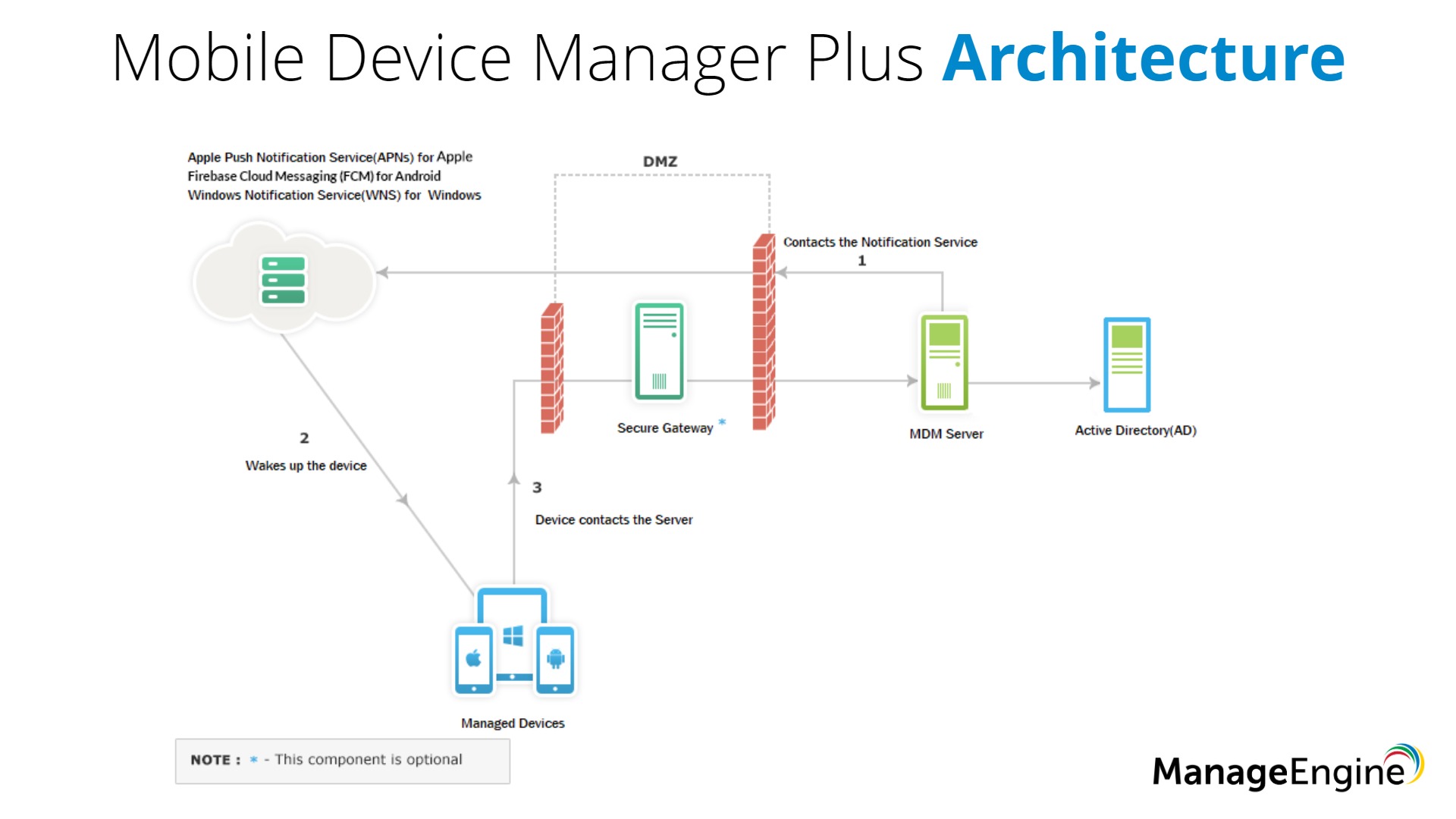

- Active directory ports for mac mac os x#
- Active directory ports for mac install#
- Active directory ports for mac windows#
Not to mention nothing to install on the Domain Controllers, nothing to install on the Macs, no middleware.
Active directory ports for mac mac os x#
We are left with " Extend the Active Directory Schema to Handle Management " and "Use a Third-Party Solution".Įxtending the Schema made sense to us, nothing to purchase, no permanent Mac OS X Server to set up, no extra software, no extra hardware, low maintenance and little training. We discarded the "Profile Manager Server", "Dual Directory (or magic triangle)". We want to avoid using a Mac OS X Server due to our small initial deployment. We use GPO on Windows, so we need Managed Preferences on OS X. We looked at the Apple Technical White Paper about the Best Practices for Integrating OS X Lion with Active Directory :
Active directory ports for mac windows#
We are looking to integrate in Active Directory a small number of Mac computers (about two dozens for now, will climb later) in a big Windows computer environment (thousands). I am sorry for the cross-posting.Ĭan you suggest me another forum, it can be an external forum, to ask those technical questions if this isn't the best place ? You can now access files stored on your home folder from Finder.I didn't have success at all in the Mountain Lion forum, I guess it was because I didn't choose the best category, so I'll try again here. Users can log into macOS devices using LDAP and mount their home folder (or another shared folder) via AFP. The home folder for users are listed under NFSHomeDirectory.


The NAS is now a client of the LDAP server.Ĭhecking LDAP domain users and their permissions Set the Select the type of LDAP server as LDAP server of local NAS.Follow the wizard to create LDAP users.Ĭontrol Panel > Privilege > Domain Security opens.Click Create a User, Create Multiple Users or Batch Import Users based on your requirements.The LDAP Server is now enabled and ready to use. Go to Control Panel > Applications > LDAP Server.If you are using a dedicated LDAP server then this step is not required. QNAP NAS provides LDAP Server functionality, allowing you to consolidate your IT infrastructure.

Optional: Using the built-in LDAP service on QNAP NAS for user management


 0 kommentar(er)
0 kommentar(er)
